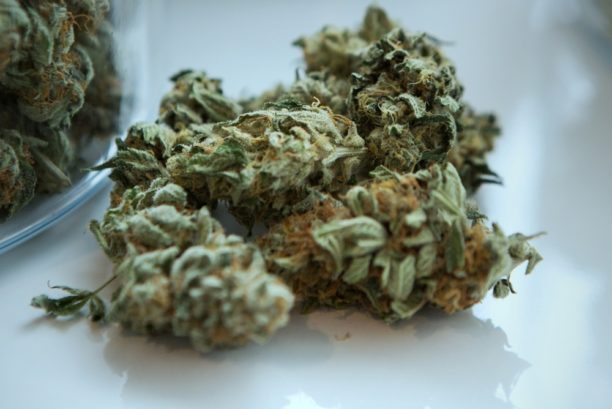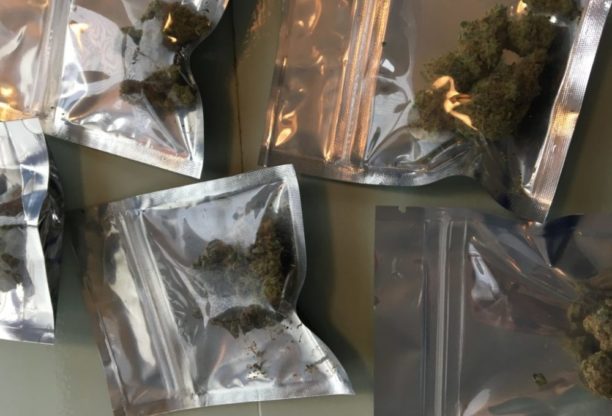You might have read about CBD, or heard people talk about it. When discussions about medical marijuana come up, CBD often does too. CBD is becoming more well-known especially for pain relief, seizures and anti-anxiety applications. But, since there’s a bit of confusion about what’s what, here’s the quick low down. Please note, this isn’t medical advice, consult your physician for specifics.
What is CBD?
CBD is short for cannabidiol (pronounced canna-bid-eye al) a naturally occurring cannabis compound that has promising medical benefits. The most popular feature of CBD for many patients is that it doesn’t make them high or feel stoned. In fact, it actually balances out psychoactivity of THC in cannabis, so if you ingest too much cannabis, you can take away the edge with CBD.
Where does CBD come from?
 CBD comes from two sources, both in a cannabis sativa plant. The male cannabis sativa is also known as hemp. Hemp isn’t psychoactive. You can’t smoke or ingest hemp and get high. While both marijuana and hemp contain CBD, the CBD purchased from public shops and online is from hemp. If you’re feeling wronged—hold on! There isn’t much difference between CBD derived from hemp and CBD from marijuana—so if you don’t have a medical marijuana card, your hemp-made CBD should serve you well. It’s worth noting that CBD isn’t available in all states, due to the close connection to marijuana.
CBD comes from two sources, both in a cannabis sativa plant. The male cannabis sativa is also known as hemp. Hemp isn’t psychoactive. You can’t smoke or ingest hemp and get high. While both marijuana and hemp contain CBD, the CBD purchased from public shops and online is from hemp. If you’re feeling wronged—hold on! There isn’t much difference between CBD derived from hemp and CBD from marijuana—so if you don’t have a medical marijuana card, your hemp-made CBD should serve you well. It’s worth noting that CBD isn’t available in all states, due to the close connection to marijuana.
CBD also comes from the female marijuana plant. That’s what you’d buy from your caregiver or dispensary and it is considered medicine. The combination of THC and CBD in a marijuana flower helps people with a variety of symptoms and medical issues. While many cultivators grow for strong THC, there are some strains that are known for being higher in CBD. They include: ACDC, Cannatonic and Ringo’s Gift. Or just ask your caregiver or budtender for a high CBD/low THC flower or product.
CBD comes in tinctures, balms, creams and other forms.
How does CBD work?
The human body is home to the endocannabinoid system. This rather unknown, but important part of each of us plays a big role in regulating our physiology—and the endocannabinoid system affects our mood, metabolism, blood pressure, bone density, intestinal health, energy, stress, hunger and more. When the receptors aren’t working, they need help (this truly isn’t a medical term) and a dose of a cannabinoid or CBD can help.
Why have I never heard of the endocannabinoid system before?
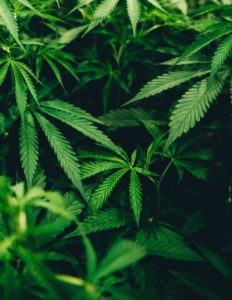 Unlike other parts of the human body that have been researched since the time of early medicine, the link between THC and the endocannabinoid system was only discovered in 1964 by Israeli pharmacologist-researcher Raphael Mechoulam.
Unlike other parts of the human body that have been researched since the time of early medicine, the link between THC and the endocannabinoid system was only discovered in 1964 by Israeli pharmacologist-researcher Raphael Mechoulam.
Without going too deeply into the physiological mechanics—the endocannabinoid system is a neurological receptor and transmitter system that balances many bodily functions. It is found throughout the human body and regulates a number of functions—which helps explain why cannabis can help with a wide variety of illnesses. Think about how most medicines help with only one or two maladies—cannabis helps with dozens.
What might CBD help?
While there are no miracle drugs and CBD has its detractors, people are finding it helps with quite a few things: anxiety, acne, hard to treat epilepsy, stress reduction, energy balance, multiple sclerosis, PTSD in adults and children, sleep, appetite, immune function, opioid withdrawal, quitting smoking and possibly the spread of some kinds of cancer cells.
When doing research for yourself, look at the PubMed database through the National Institutes of Health, there are a number of research documents you can review for yourself. Just put CBD in the search box.
Keep in mind that CBD is not yet approved by the FDA, so it is up to consumers and their physicians to determine dosages.
Photo credits:
Hemp Field in Brittany by Barbetorte https://commons.wikimedia.org/w/index.php?curid=7558724
Leaf detail by Matthew Brodeur on Unsplash
CDB oil by Christin Hume on Unsplash
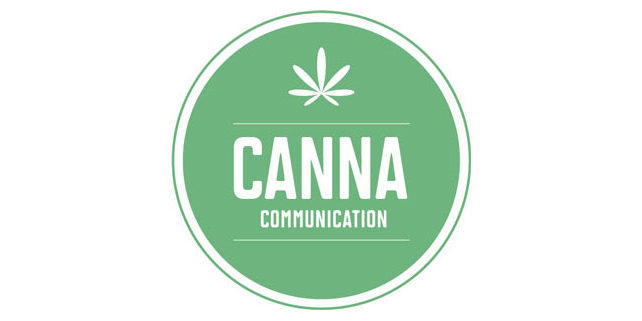
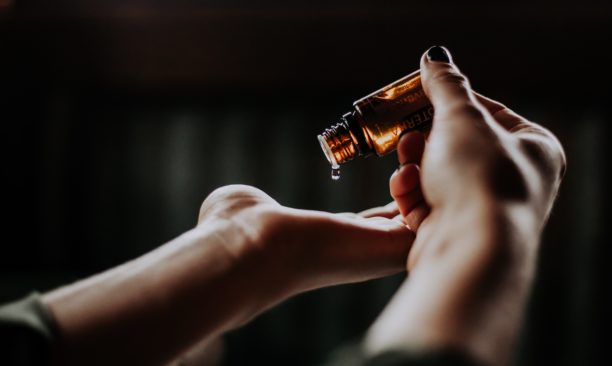
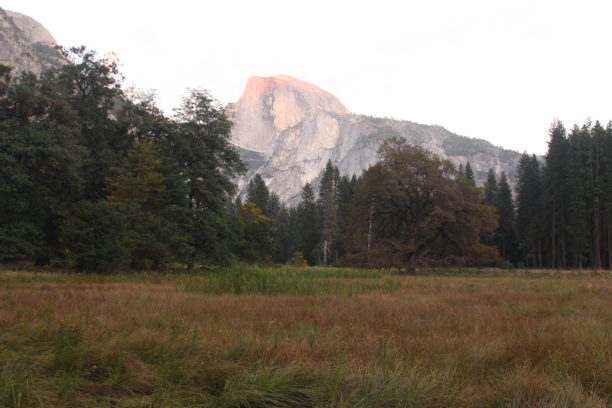

 It’s not just California dreamers, hippies and Deadheads that made marijuana legalization happen. Both Pew and
It’s not just California dreamers, hippies and Deadheads that made marijuana legalization happen. Both Pew and  “With the largest U.S. state now legal, Americans will see cannabis more normalized, and visitors to the Golden State returning home will wonder why they are second-class citizens when it comes to personal liberty and cannabis policy common sense,” Hank said.
“With the largest U.S. state now legal, Americans will see cannabis more normalized, and visitors to the Golden State returning home will wonder why they are second-class citizens when it comes to personal liberty and cannabis policy common sense,” Hank said.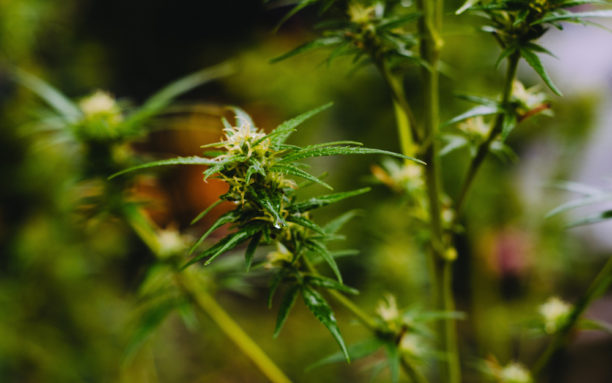
 What this action does is give U.S. Attorneys the ability to prosecute adult-use marijuana businesses. Many of which just opened earlier this week in California.
What this action does is give U.S. Attorneys the ability to prosecute adult-use marijuana businesses. Many of which just opened earlier this week in California. that’s up for renewal later this month. The powerful amendment, which has bipartisan support, protects states with medical marijuana programs. It prevents the federal government from using resources to prosecute people and businesses that are complying with the law in medical marijuana states.
that’s up for renewal later this month. The powerful amendment, which has bipartisan support, protects states with medical marijuana programs. It prevents the federal government from using resources to prosecute people and businesses that are complying with the law in medical marijuana states.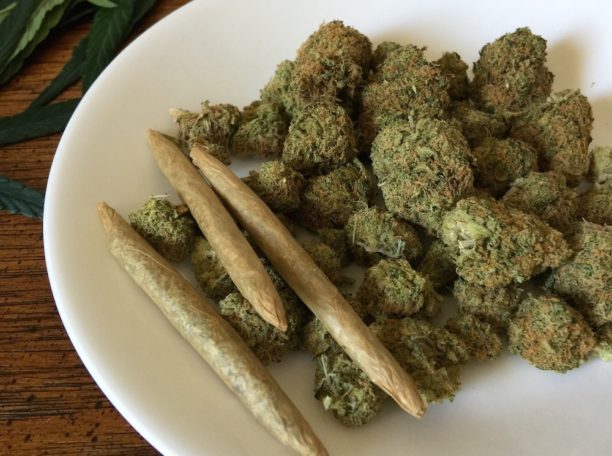
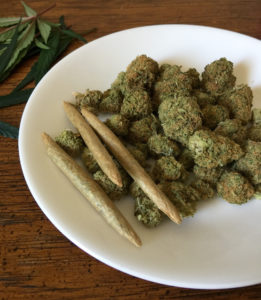 little practice.
little practice.  and brewers are vital to
and brewers are vital to 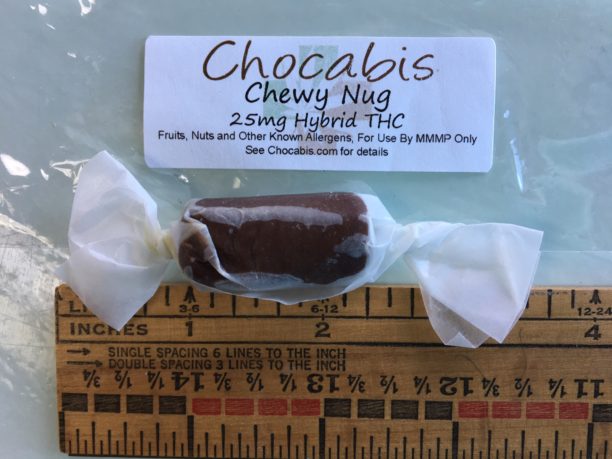
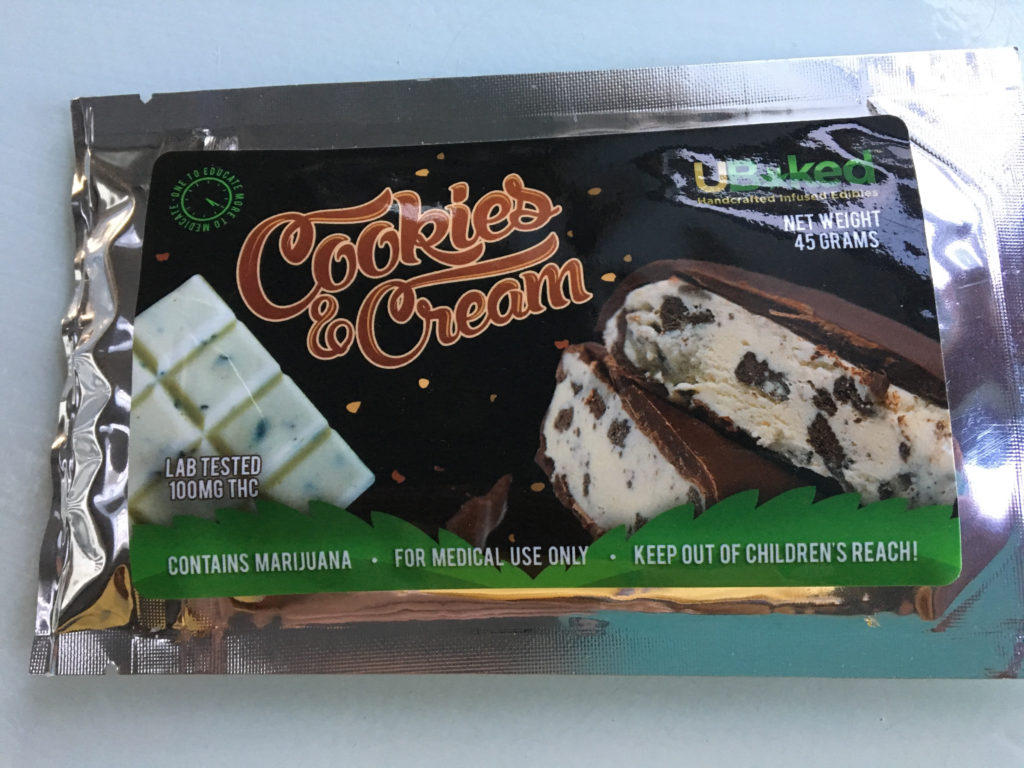 Edibles marijuana or “medibles” are a popular option for cannabis patients, they tend to be a bit less expensive than flower and the effects are longer-lasting. They can be easily dosed, too. The packaging on these products provides the THC potency and that’s where experimentation begins. It’s important to keep two things in mind if you are testing an edible for the first time—a little goes a long way and it takes time to affect your system.
Edibles marijuana or “medibles” are a popular option for cannabis patients, they tend to be a bit less expensive than flower and the effects are longer-lasting. They can be easily dosed, too. The packaging on these products provides the THC potency and that’s where experimentation begins. It’s important to keep two things in mind if you are testing an edible for the first time—a little goes a long way and it takes time to affect your system.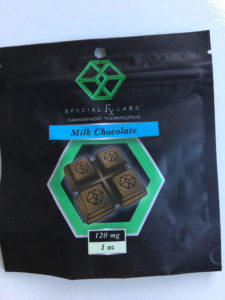
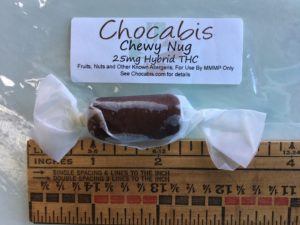


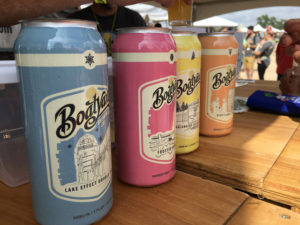 Well, it’s a similar story of prohibition and acceptance.
Well, it’s a similar story of prohibition and acceptance.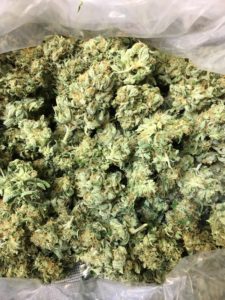 place as alcohol as an economic and place-making entity. According to
place as alcohol as an economic and place-making entity. According to 
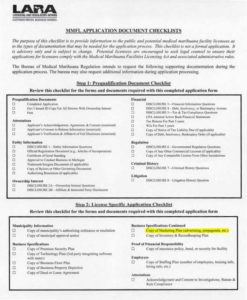
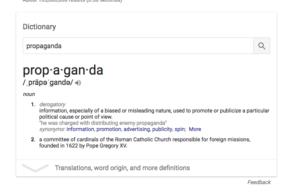 Propaganda is a word that’s generally negative; it’s about a single point of view, is meant to be persuasive and is often biased and misleading. It’s not a word that is used often or lightly.
Propaganda is a word that’s generally negative; it’s about a single point of view, is meant to be persuasive and is often biased and misleading. It’s not a word that is used often or lightly.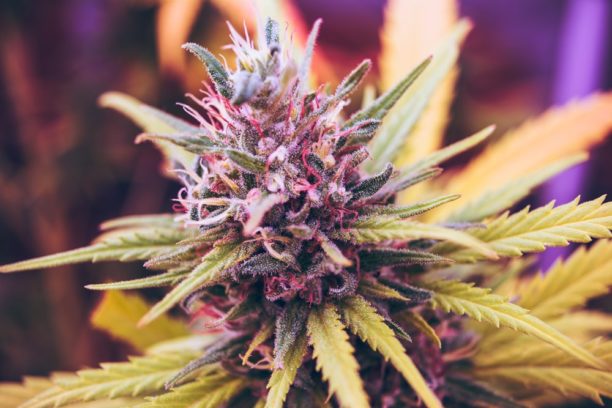
 You might have read about a
You might have read about a